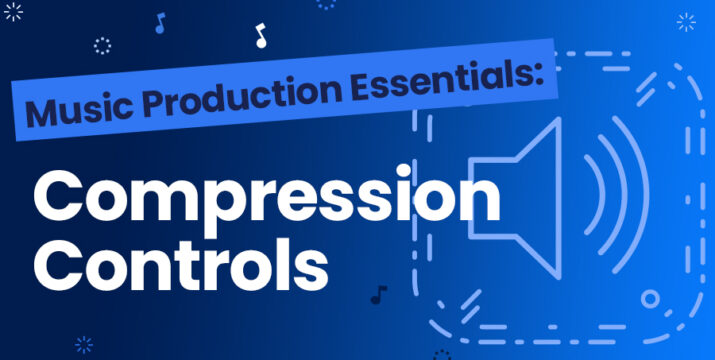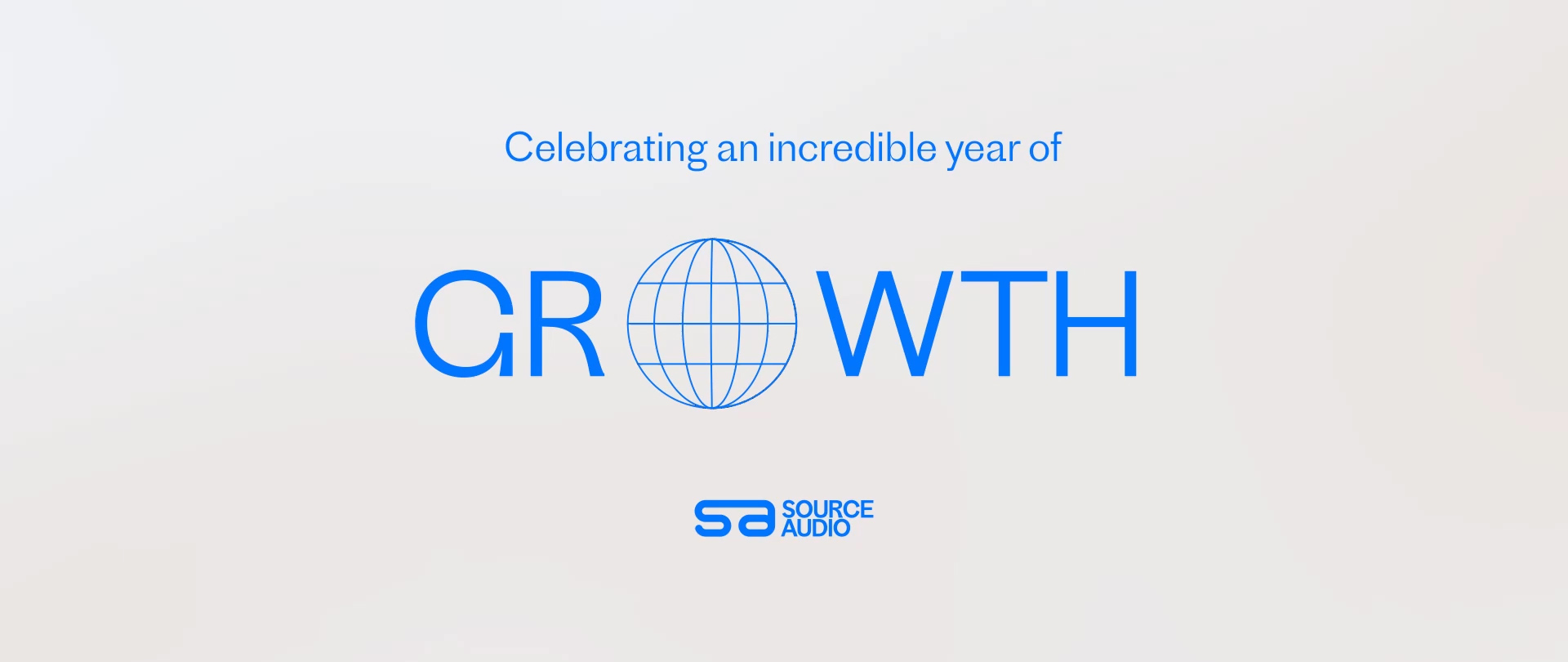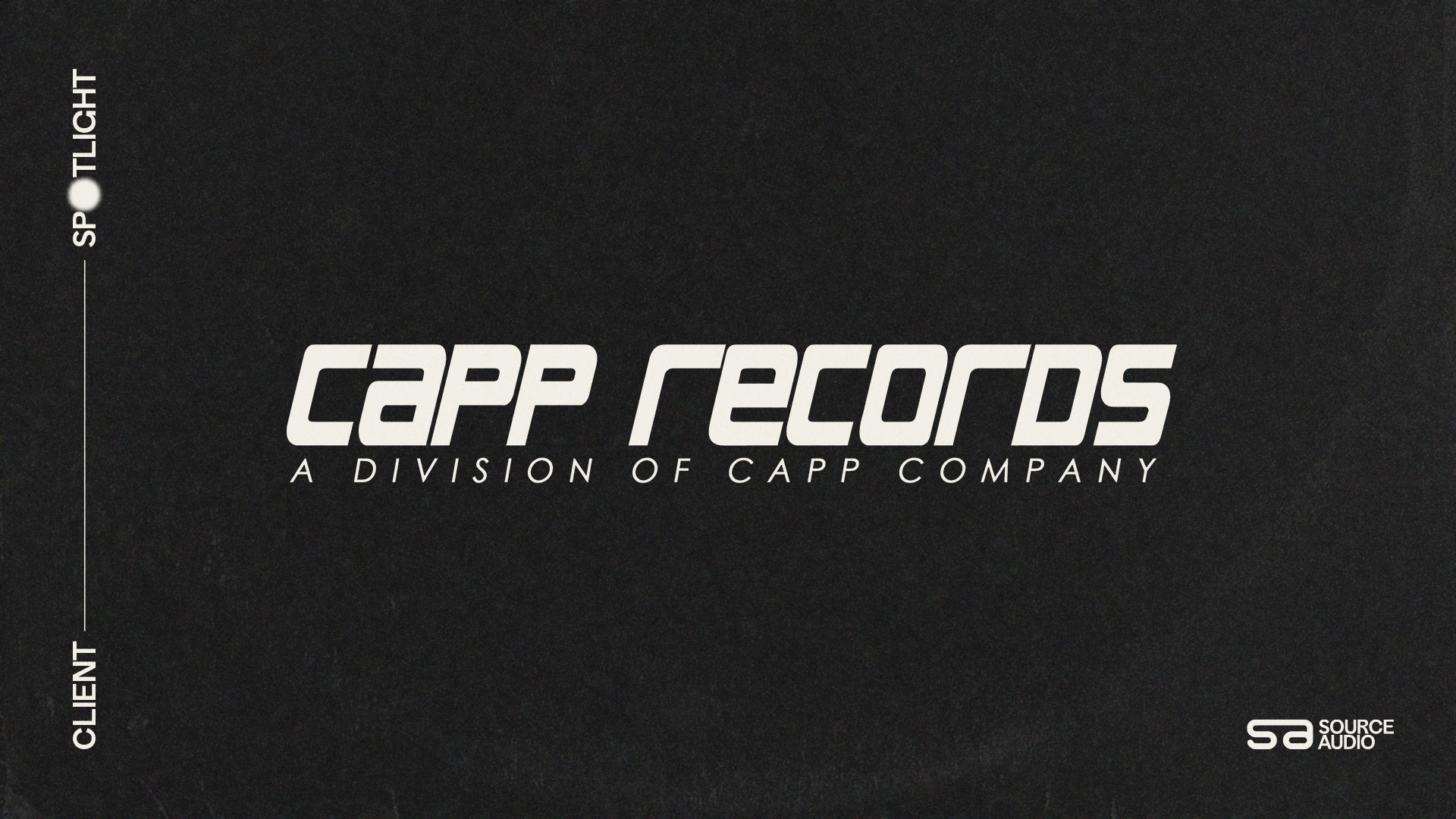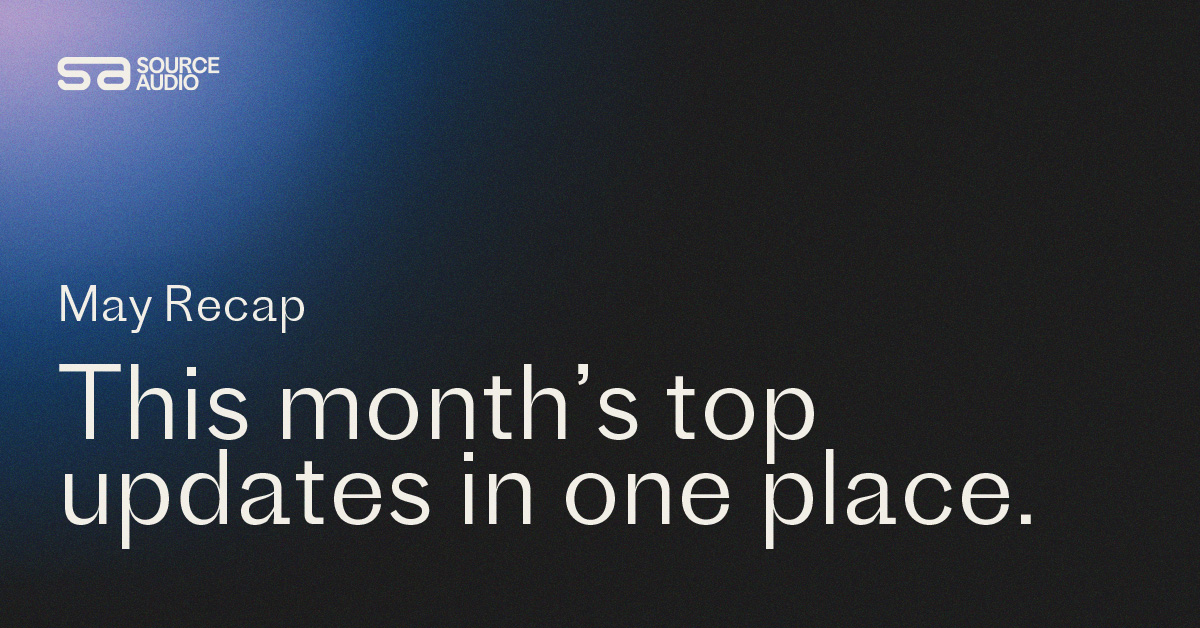Music Production Essentials: Compression Controls
Updated November 19, 2021

Compression can work wonders to boost the energy of an audio track, but if you’re new to using the effect it can be difficult to hear and to understand exactly what’s going on. Here’s a comprehensive explanation of the controls on a standard compressor used to shape the effect and generate the sound you’re looking for.
Threshold and Ratio
The threshold and ratio values of your compressor work together to determine the level of the effect – whether your signal will be very compressed, or barely compressed at all.
First, a threshold is set to indicate a volume level so that anything louder than that level will trigger the compression effect, reducing the signal’s volume.
This massively important control will determine how much of your track will have compression applied. Often the threshold is set so that only the peaks are compressed, whereas a very low threshold could compress the whole track, and a threshold that’s too high won’t compress anything at all.
The compressor ratio sets how much the signal is reduced when it goes above the threshold. For instance, suppose at a certain point a track is 12 DB louder than the set threshold. If the compression ratio is 2:1, the compressor would reduce the signal by 6 and allow 6dB of signal above the threshold. For every two DB above the threshold, one DB of that signal is allowed to sound. If the compression ratio is 3:1, the compressor would reduce the signal by 8dB and allow 4dB of signal above the threshold – for every three DB above the threshold, one DB of that signal is allowed to sound.
Anything over a 50:1 ratio is no longer considered a compressor, but instead, a limiter. As the first number increases, this is considered a higher compression ratio, and an infinite compression ratio would not allow any sound above the threshold whatsoever, creating a “brick wall limiter”.
Essentially, the lower the ratio, the more dynamics are allowed to sound.
Attack and Release
The attack parameter on a compressor determines how quickly the gain reduction is applied to signal above the threshold, and the release parameter determines how quickly the gain reduction is backed off.
With a long attack, The compressor will be slower to apply to gain reduction to the signal, and allow the initial hit, or transient, to cut through. With a zero attack value, the compression will be applied immediately.
With a long release, the gain reduction will be applied for a longer period of time. With a short release value, the gain reduction effect will go away more quickly, allowing the audio level to rise back up if the release is short enough relative to the transient signal.
Not sure where to put compression in your signal path? Check out our guide to optimizing effects order!
Your SourceAudio June Recap: Ethical AI, Real Revenue & What’s Coming Next
It’s been a huge month. Here's a quick look at how we're pushing the industry forward. Ethically, strategically, and always with creators at the core. New: AI Dataset Licensing Marketplace We launched the first scalable, fully clea...[ READ MORE ]

SourceAudio Celebrates Record-Breaking 2024
As we wrap up 2024, SourceAudio has solidified its position as the system of record and single source of truth for the music licensing industry. Through unprecedented growth and democratization of cutting-edge music technology tools, our p...[ READ MORE ]

Industry-Leading Stem Separation Comes to SourceAudio
We are excited to announce our latest partnership with Music.AI, bringing groundbreaking AI-powered stem separation directly to our platform! This integration allows you to create broadcast-quality instrumentals and stems with unmatched pr...[ READ MORE ]

FREE AI METADATA – Now on All Catalog Manager Sites
Supercharge your music library with cutting-edge AI-powered metadata -- on us! Every Catalog Manager site now comes with FREE AI metadata tagging for your entire catalog. Leverage this incredible tool now, and read on to learn how it can d...[ READ MORE ]

File Delivery is Now Free and Included for All Catalog Manager Sites
Every Catalog Manager site now comes with 250GB of FREE file transfer space every month – that's approximately 9,000 WAV files, every month. Not using file delivery yet? Here are 11 ways this powerful tool can supercharge your business....[ READ MORE ]



